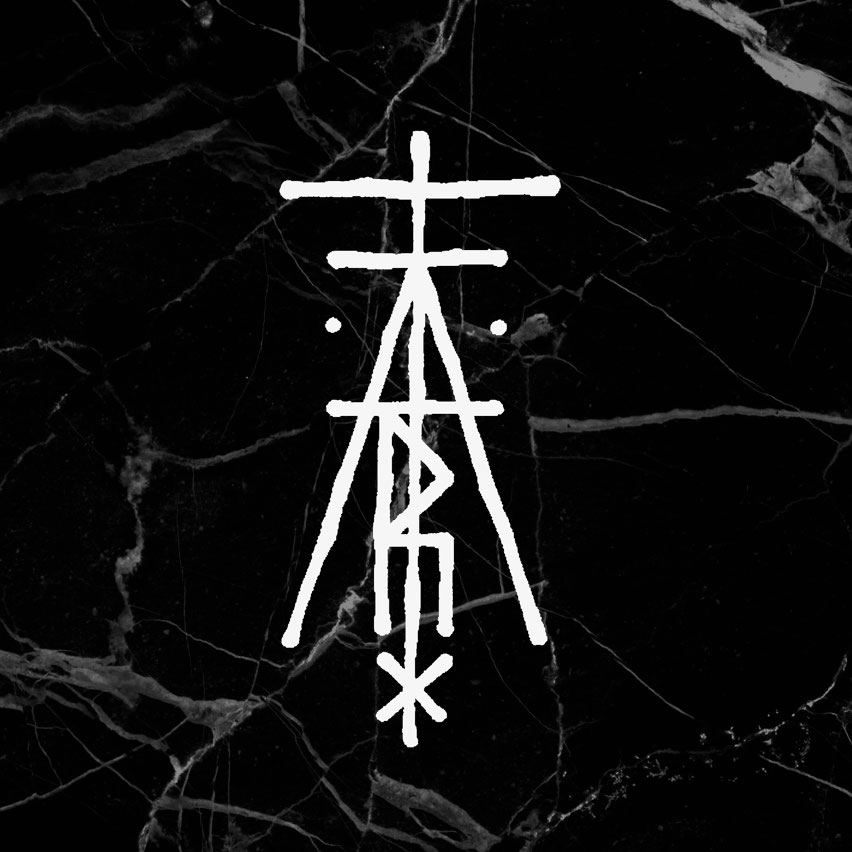NEGATIVE SPACE
AN UNDERGROUND CONVERSATION ON MODERN TATTOOING
Collaboration between Andrey Volkov and Rough_Handz, Kyiv, Ukraine
NEGATIVE SPACE
I once met the Arts Editor of a major international publication, and he said, “a tattoo is only art if it would still be considered art on a canvas.” To which I asked, “are you saying the medium is irrelevant?” He didn’t really have an answer for that.
Maybe, on canvas, a series of lines would be unremarkable. But, when placed on the head or over the heart, that same composition could elicit strong emotions. The medium of the human body can wholly alter how we experience the design.
As a side note, there is an ongoing debate within tattooing communities about whether to call tattooers artists or technicians. I will be using art theory terms to discuss tattoo designs, so I suppose I'm a bit more in the former camp. But I don't view the issue as binary.
So, let's get into it! Negative space in tattooing: how is it defined, and what purpose does it serve?
Suzani uses eye-level placement and the lack of surrounding designs to maximize impact.
ABSENCE OF INK
Broadly speaking, negative space is the absence of subject. It's the openness, the blankness, the gaps in between what you’re supposed to be observing. In tattooing, people often assume this means the areas without any ink.
Technically, that's not wrong. But skin is not uniform, nor is it blank. There is still melanin, scarring, wrinkles, freckles, hair. There are nipples and belly buttons and body parts in between. All of these factors could change the composition. So, I don't view the absence of ink as synonymous with the absence of subject.
Figure study by La Malafede interacts gently with the breast and thighs.
Iñaki's Hannya mask and geisha portrait interact across the body.
PRESENCE OF NON-SUBJECT
Surrounding a design with heavy and dark tones draws emphasis to the lighter or non-tattooed spaces. In this way, turning areas with ink into the non-subject flips the script, and the emptiness becomes the subject.
For skin without any empty spaces, layering black or white ink over top can also turn full ink coverage into a form of negative space.
Botanical 3/4 sleeve by Yanina Viland, with black as negative space.
Fresh black as subject with healed black as non-subject, by Rick Pierson.
Esther Garcia's white ink turns full black into a backdrop.
When a blastover covers part of a tattoo, the intention is to obscure or recontextualize the former subject. So this begs the question: is the old tattoo now considered non-subject?
The goal is "to create the feeling as though a body part were a blank canvas, even if there are tattoos in the area," Bradley Silver explains to me. "The desired effect is to make it seem like the older tattoos played no factor in the design on top of them, [but it] doesn't mean there is no strategy to it." For an old tattoo to harmonize with a blastover, and not fight with it, it has to effectively be viewed as a form of negative space.
Lines by Sanne Vaghi blasted over a bodysuit.
Blastover by Bradley Silver turns the former design into a background element.
ABSENCE OF BODY
There's an argument to be made that the body itself creates 3D negative space at the boundaries of limbs, between limbs, and between other people / objects / the atmosphere.
Designs spanning separate body parts or multiple people utilize those gaps to create visceral and interactive experiences. The movement of the body and opening / closing of these gaps can function as a design element in and of itself.
Blaabad's kiss transforms as the fingers move.
Sketches by Servadio employ the separation and boundaries of feet.
WHAT IT CAN ACHIEVE
A subject is, in part, defined by what it's not. We need negative space in order to know what the topic of the piece even is. It guides our eyes to the intended point(s) of focus, and tells us what to emphasize.
This last bit, about emphasis, is what I find most beautiful when applied to tattooing. Strategically placed designs can rebalance the body itself. People can use them to make body parts appear smaller or larger. They can add heavy objects to obscure something, or leave breathing room to highlight it. Distant body parts can interact in ways they never did before. Strategic negative space can disrupt how the body is viewed and experienced overall.
Jess Chen's botanicals keep the clients' bodies feeling light and airy.
Compositions by Lindsay April leave a lot of breathing room.
"the space in - between th ings i s not emptiness, it i s what keeps everything together" by Sven Eigengrau
I'll close by noting the fleeting nature of negative space in tattooing. People fill gaps on their skin all the time. Tattooers have the unique task of collaborating with other designers they've never met, past and future. And of course, the composition will only last as long as the person stays alive. So, there's an inherent temporariness to all of this that I find rather beautiful.
This is an unpaid labor of love, as it's always been. Full disclosure: I've worked with Bradley Silver and Esther Garcia in the past, but they're not currently compensating me. I welcome your feedback, corrections and contributions.
Buy me a coffee if you're a cutie:
PayPal: tattrx@gmail.com
With love,
Morgan
-
All image copyrights are retained by the artists. All text copyrights reserved by Tattrx LLC.














